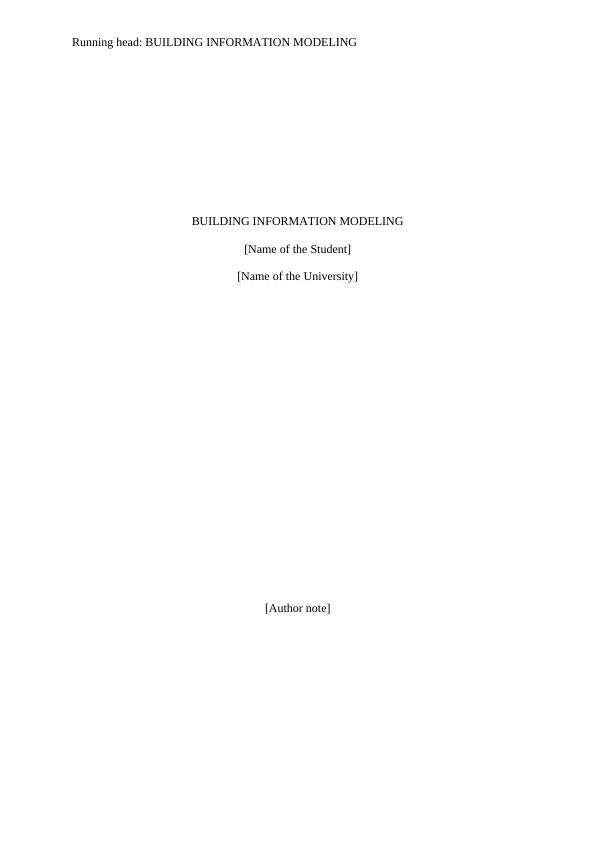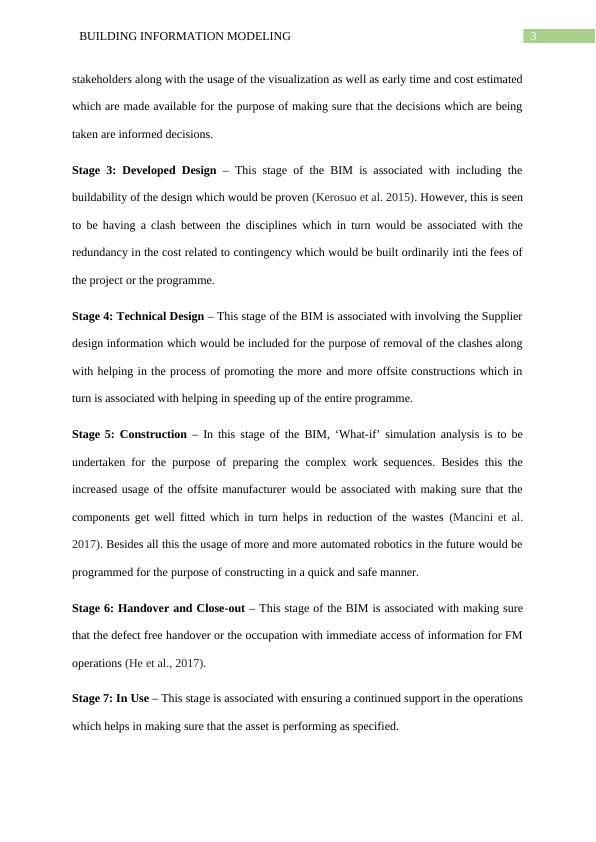Building Information Modeling
Assignment is to create an academic poster for the Integrated Building Information Modelling Project module.
7 Pages1894 Words99 Views
Added on 2023-01-19
About This Document
BIM is the process of generating and managing digital representations of building assets. Learn about the stages, scope, and problems of BIM.
Building Information Modeling
Assignment is to create an academic poster for the Integrated Building Information Modelling Project module.
Added on 2023-01-19
ShareRelated Documents
End of preview
Want to access all the pages? Upload your documents or become a member.
Business Information Modeling (BIM) Projects Assignment
|18
|3365
|261
Building Information modelling PDF
|9
|1795
|239
Case Study of BIM Implementation in Construction Projects
|7
|1456
|253
Building Information Modelling
|15
|4344
|62
Aspects of Building Information Modelling
|14
|4332
|112
Assignment on Building Information Modelling (BIM)
|24
|4288
|16



